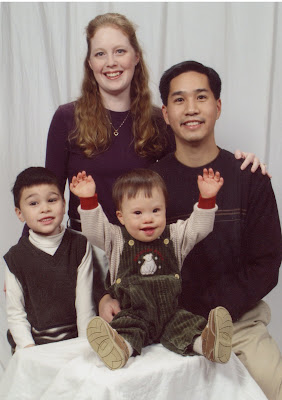What's most interesting about Hello Kitty's brand identity is that there's no narrative or backstory behind it. Unlike characters like Snoopy or Mickey Mouse, there are no cartoon stories that give any hint about Hello Kitty's personality. And apparently this is entirely intentional. Hello Kitty stands for nothing, but this also means that Hello Kitty can also stand for anything the consumer wants it to be about.
Walker cites cultural scholar Brian McVeigh, who says that Hello Kitty is about "projectability." Hello Kitty's blank "cryptic" simplicity is "waiting to be interpreted." Hello Kitty could appeal to someone because it suggests nostalgia, or it could seem campy, or it could seem subversive. It could be anything.
The designer didn't know what to do for Hello Kitty's mouth and decided to just go without it. And that may well be the secret to Hello Kitty's success. A spokesman for Hello Kitty's corporate owners, Sanrio, says, "Without the mouth, it is easier for the person looking at Hello Kitty to project their feelings onto the character. The person can be happy or sad together with Hello Kitty." Other commentators observe that Hello Kitty is "an icon that allows viewers to assign whatever meaning to her that they want."
So Hello Kitty is not merely a corporate brand being foisted upon unthinking masses. Hello Kitty is an example of how consumers actually invest meaning into a cultural symbol. So we don't consume just to acquire stuff. And we don't consume merely to buy into a pre-existing brand identity. As we consume, we invest meaning into the corporate brands that we consume and appropriate them for our own purpose and use. We manufacture our own meaning. Consumption can thus be interpreted as a way that we construct our identity and make sense of the world.
Weird. Especially when I just did a quick Google image search for Hello Kitty and came up with:
Hello Kitty Ferrari
Hello Kitty exhaust pipe
Hello Kitty corset
Hello Kitty car seat
Hello Kitty motorcycle
Darth Kitty

9 comments:
Actually, there are Hello Kitty cartoons. Kitty has a sister, Mimi, parents and friends and there are the usual sorts of sweet/inane Japanime type adventures ranging from school stories to fantasy.
But I know what you mean. The average HK customer hasn't seen the cartoons, just the merchandise. When I was in grade school, back in the early 1980s, my favorite thing was to go to the Sanrio store and see what I could buy with my small allowance. They sold (still sell?) many items for under $2 which is very attractive to kids.
It is sad though that the adult HK market has become so...adult. You really have to be careful what you google or search for on ebay, because there is some gross stuff out there.
We have three girls, so plenty of Hello Kitty in our house. At the child's level, she is at least still a wholesome character that is nearly impossible to tart up like a Bratz doll.
Thanks, LeeAnn - that's good to know. And yeah, I didn't post some of the other Hello Kitty stuff out there! I heard a quiz show that had a question about which Hello Kitty item was real and which were fake. The real one was a Hello Kitty handgun. I don't remember what the fake ones were, but the host said that they had a hard time coming up with fake items because Sanrio has licensed so many official products, including Hello Kitty condoms. Kind of crazy.
Here's a story on gas prices and the suburban fringes. It references this story on suburbs as the new slums.
I've never been to your blog before but I follow Rob Walker's, and he included a link to your comments on his book. I've added you to my rss feeds since the topic of your blog is one that I have a lot of interest in as, well, a suburban Christian. I've been exploring cultural issues and Christianity as it relates to them a lot lately. I'll definitely pick up your book. I wonder how you perceive the "move to the city" that younger people supposedly are adopting.
Darth Kitty. Too amusing!
Al, I thought this article from the New York Times that I posted about here on my blog:
http://www.provocativechurch.com/2008/06/suburbia-becomes-unstable.html
would be worth looking at. It talks about the lack of stability within suburbia.
Ok...i am just going to step out and mention this...although it may get me in some hot water.
In my experience, hello kitty (even during its down years) seems to have its broadest based appeal with late adolescent and early adult asian women. Especially those who are first generation or second generation immigrants.
Has anyone else noticed this? Is there a reason for this cultural bias?
Darth Kitty is the height of camp. Awesome.
This is really an interesting post. I never knew a "simple" Hello Kitty character has left its mark on such a wide variety of products. Gotta love those Hello Kitty vehicles! The little girls who love Hello Kitty have grown up... and are on the road driving a ferrari or motorbike! Amazing!
Post a Comment